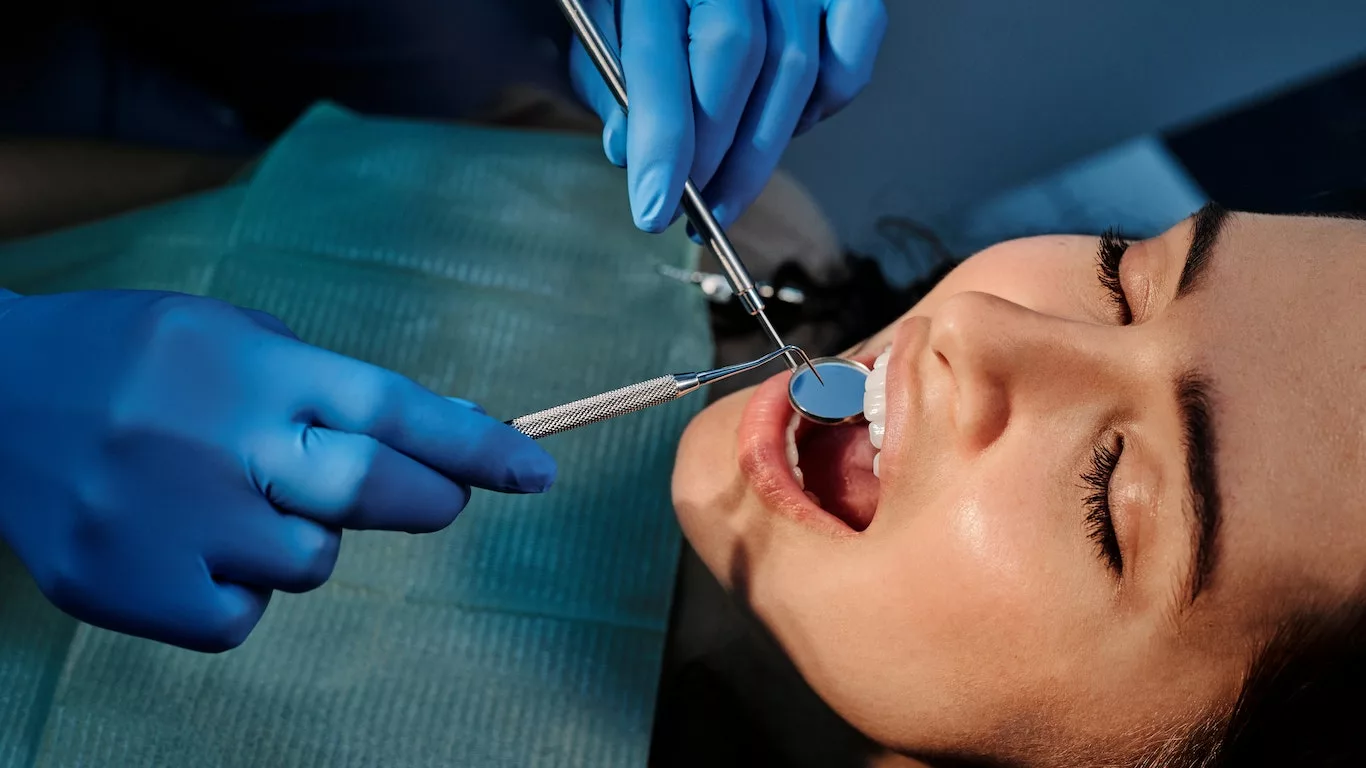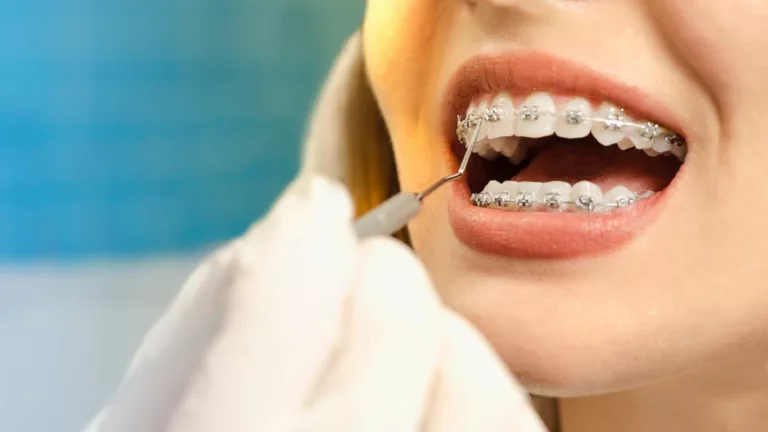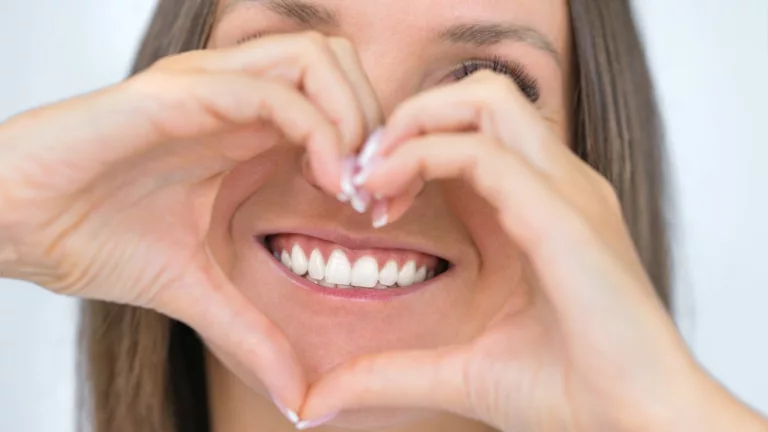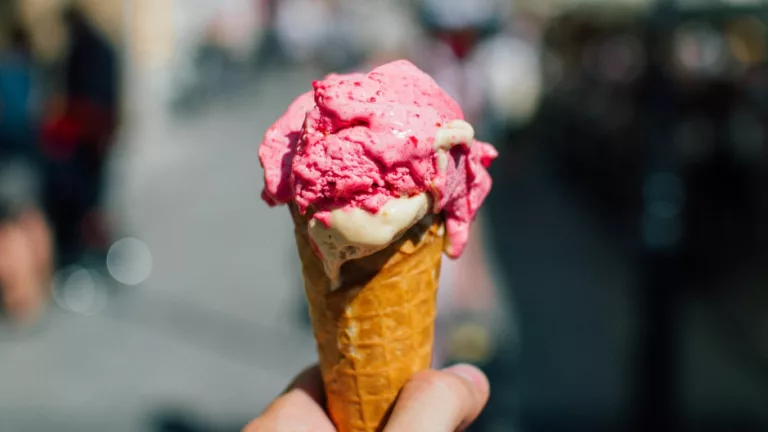Comprehensive Guide to Scaling and Polishing of Teeth
Explore the world of dental scaling and polishing in this comprehensive guide. Learn about the procedures, benefits, costs, and aftercare for optimal oral health.
Proper dental care is essential for maintaining a healthy and radiant smile. Among the various dental procedures, scaling and polishing are crucial for preventing oral health issues and ensuring your teeth remain in top condition. In this comprehensive guide, we will delve into the details of scaling and polishing, their importance, procedures, differences, benefits, costs, and aftercare, providing you with all the information you need for optimal oral health.
Introduction
What is Scaling and Polishing?
Scaling and polishing are dental procedures designed to remove plaque, tartar, and stains from teeth. While both treatments aim to improve oral health and aesthetics, they differ in their methods and purposes. Scaling focuses on plaque and tartar removal, while polishing enhances the teeth’s appearance and smoothness.
Scaling is a fundamental preventive measure in dentistry. It involves the use of specialized instruments to remove hard deposits of plaque and tartar (calculus) from the tooth surfaces, especially along the gumline and between the teeth. These deposits can accumulate over time and are challenging to remove through regular brushing and flossing alone.
Importance of Dental Hygiene
Maintaining good oral hygiene is essential for overall health. Poor dental hygiene can lead to a range of problems, from cavities to gum disease. Scaling and polishing play a vital role in preventing these issues by keeping your teeth clean and healthy.
Oral health is intricately connected to your overall well-being. Gum disease, for example, has been linked to systemic health conditions like heart disease and diabetes. By practicing good dental hygiene and getting regular scaling and polishing, you not only protect your teeth but also contribute to your overall health.
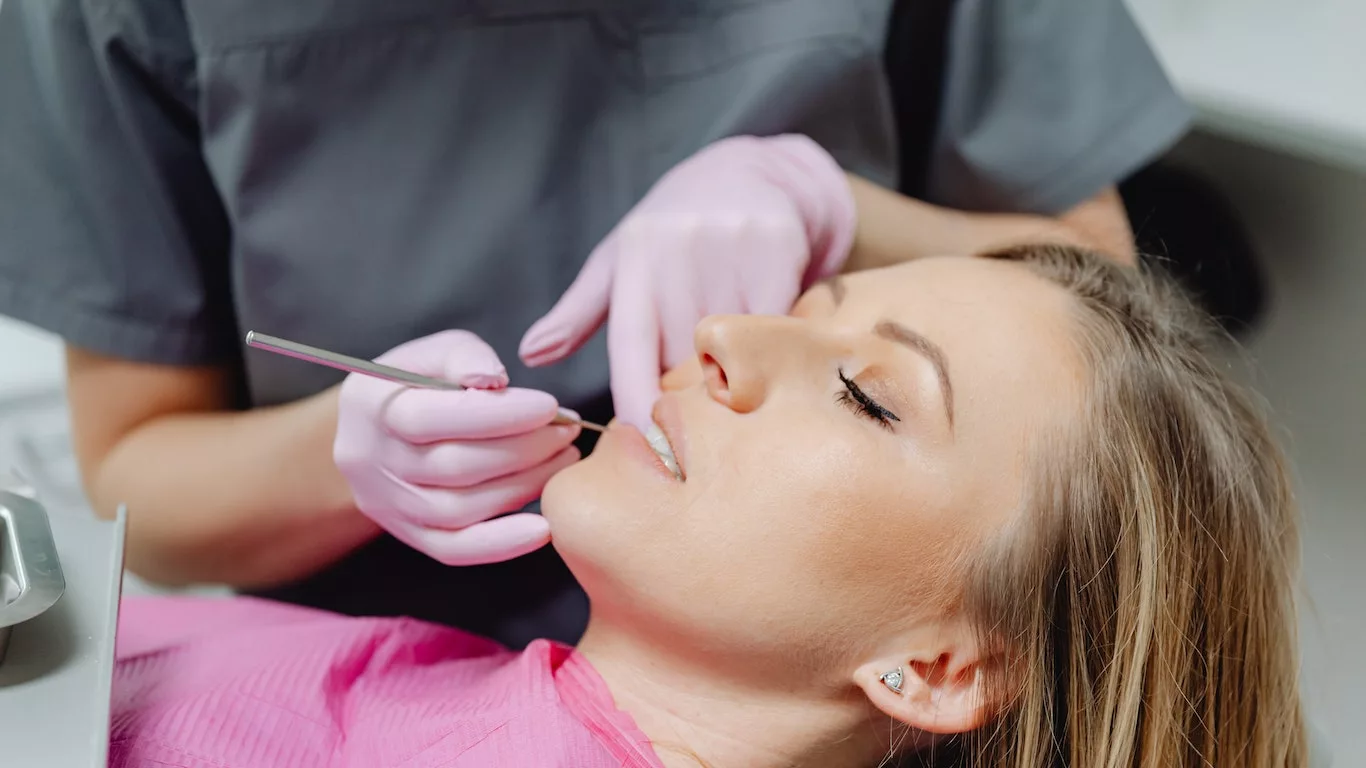
The Scaling Process
Step-by-Step Guide to Scaling
Scaling is performed by dental professionals using specialized tools. The procedure involves the careful removal of plaque and tartar deposits from the tooth surfaces and below the gumline. This process helps prevent gum disease and tooth decay.
- Assessment: The dentist examines your teeth and identifies areas with plaque and tartar buildup. This assessment may include dental X-rays to detect hidden deposits.
- Scaling: Using instruments like scalers and ultrasonic devices, the dentist removes the deposits from your teeth. Ultrasonic devices use high-frequency vibrations to break down and remove the calculus efficiently.
- Root Planing: If necessary, root planing is performed to smooth the tooth’s root surfaces. This step helps prevent the recurrence of calculus and creates a clean surface for the gums to reattach to the tooth.
- Polishing: After scaling, the teeth are polished to make them smooth and less susceptible to future buildup. This step also contributes to the aesthetics of your smile by removing surface stains.
Tools and Equipment Used
Dental professionals use a variety of tools for scaling, including scalers, curettes, and ultrasonic devices. These instruments are designed to safely and effectively remove plaque and tartar without causing damage to the teeth.
Ultrasonic scalers, in particular, have become popular due to their efficiency and comfort. They use high-frequency vibrations and a water spray to dislodge and flush away calculus, providing a less invasive and more comfortable experience for patients.
When is Scaling Necessary?
Scaling is recommended when there is a significant buildup of plaque and tartar. It is often part of routine dental check-ups, but it may also be necessary for individuals with gum disease or those at risk of developing it.
Regular check-ups with your dentist will help determine the appropriate frequency of scaling based on your specific oral health needs. For most people, scaling every six months is sufficient, but individuals with a history of gum disease or higher risk factors may require more frequent visits.
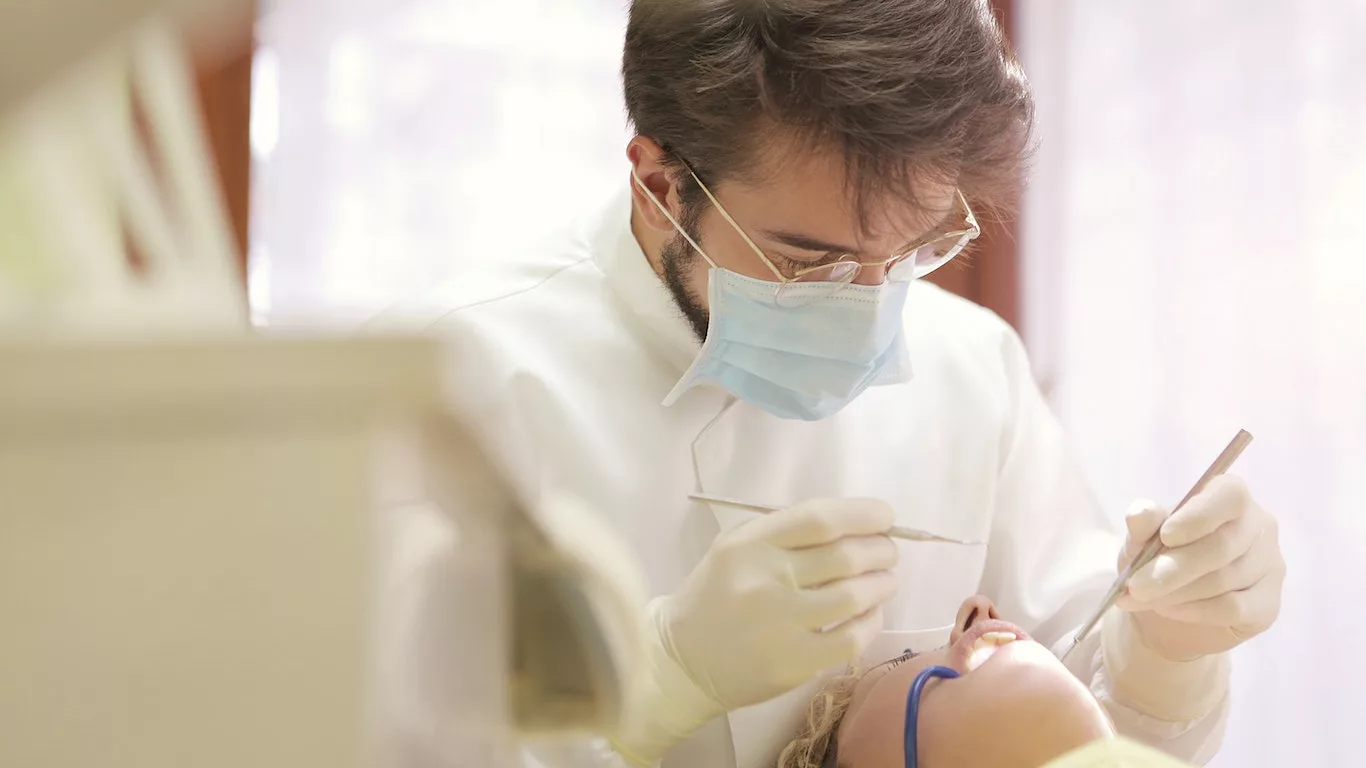
The Polishing Process
Understanding Dental Polishing
Dental polishing is the process of smoothing the tooth surfaces to make them shiny and clean. It is typically performed after scaling and provides several benefits, including a brighter smile and reduced staining.
Polishing is the finishing touch to your dental cleaning appointment. It involves the use of a prophylaxis paste, which contains abrasives, and a rotating rubber cup or brush. The dentist or dental hygienist gently applies the paste to the tooth surfaces, effectively polishing away surface stains and irregularities.
Polishing Techniques and Materials
- Abrasive Paste: Dental professionals use a special abrasive paste and a rubber cup or brush to polish the teeth. The paste contains fine abrasive particles that smooth the tooth surfaces without causing damage.
- Rotary Polishing: Some dentists use a rotary tool with a polishing attachment to achieve a high shine. This method is particularly effective for removing tougher stains and enhancing the appearance of your teeth.
- Prophylaxis: Polishing is often referred to as prophylaxis and may be done using a prophy angle and paste. Prophylaxis paste is available in different flavors to make the experience more pleasant for patients.
Benefits of Dental Polishing
Polishing not only enhances the appearance of your teeth but also reduces the rough surfaces where plaque and stains can accumulate. It helps in maintaining a smooth and clean tooth surface, which is essential for good oral hygiene.
The benefits of dental polishing extend beyond aesthetics. When your teeth are smooth and free from stains, it becomes more challenging for bacteria to adhere to them. This reduces the risk of plaque formation and contributes to the prevention of gum disease and cavities.
Furthermore, the removal of surface stains during polishing can noticeably brighten your smile. It’s an excellent way to maintain a vibrant and confident appearance.

Differences Between Scaling and Polishing
Why Both are Essential
Scaling and polishing serve different purposes, but they complement each other. Scaling removes plaque and tartar to prevent gum disease and cavities, while polishing ensures your teeth look their best and reduces the risk of future stains.
It’s essential to understand that scaling and polishing are not interchangeable. Each procedure has its unique role in maintaining your oral health. Scaling addresses the underlying issue of calculus buildup, while polishing provides the finishing touch to create a smooth and polished surface.
Contrasting Procedures
Scaling is a deeper cleaning process that focuses on the removal of plaque and tartar, while polishing is more about cosmetic enhancement. While scaling is generally done with handheld instruments, polishing involves the use of specialized pastes and tools for a glossy finish.
Scaling is often performed as a preventive measure or to address existing issues like gum disease. In contrast, polishing is a cosmetic treatment that enhances the appearance of your teeth.

Benefits of Scaling and Polishing
Improved Oral Health
The primary benefit of scaling and polishing is the improvement of oral health. By removing plaque and tartar, these procedures help prevent gum disease and tooth decay, reducing the risk of more serious dental problems.
Plaque and tartar are not just unsightly; they are also breeding grounds for harmful bacteria. When left untreated, they can lead to inflammation of the gums (gingivitis) and, in more severe cases, periodontal disease. Scaling and polishing effectively eliminate these risks, promoting healthier gums and stronger teeth.
Aesthetic Advantages
Beyond health benefits, scaling and polishing also have aesthetic advantages. Polishing gives your teeth a smoother, shinier appearance, making your smile more attractive.
Surface stains from food, beverages, and tobacco use can dull the brightness of your teeth over time. Polishing effectively removes these stains, revealing the natural whiteness of your teeth. This not only boosts your self-confidence but also contributes to a more youthful and appealing smile.
Preventing Dental Issues
Regular scaling and polishing appointments can prevent dental issues before they become serious. They are an integral part of preventive dentistry, helping you maintain a healthy smile for years to come.
Preventive dentistry is all about staying ahead of potential problems. By removing plaque and tartar and keeping your teeth smooth, you significantly reduce the risk of cavities and gum disease. This proactive approach to oral health not only saves you from discomfort and costly treatments but also preserves your natural teeth for a lifetime.

Who Performs Scaling and Polishing?
Dentists vs. Dental Hygienists
Both dentists and dental hygienists are trained to perform scaling and polishing. However, the frequency and extent of these procedures may vary based on your individual needs.
Dentists are highly trained professionals who can diagnose and treat a wide range of dental issues. They may perform scaling and polishing during routine check-ups, but their primary role is to oversee your overall dental health.
Dental hygienists specialize in preventive care, including scaling and polishing. They often have more time to focus on these procedures during your appointments and can provide personalized recommendations for your oral hygiene routine.
What to Expect During a Visit
When you visit a dental professional for scaling and polishing, you can expect a thorough examination of your oral health, followed by the necessary treatments. The process is usually painless, and the results are immediately noticeable.
Your appointment will typically begin with a review of your medical history and a discussion of any concerns or issues you may have with your oral health. The dentist or dental hygienist will then perform a visual examination and, if needed, take X-rays to assess the condition of your teeth and gums.
Once the assessment is complete, the scaling and polishing process begins. It is common to start with scaling to remove plaque and tartar buildup. This is done using specialized instruments, which may produce a gentle scraping or vibrating sensation but should not cause pain.
Following scaling, the polishing phase begins. Prophylaxis paste is applied to the tooth surfaces and gently polished with a rotating rubber cup or brush. This step helps remove surface stains and leaves your teeth feeling smooth and clean.
After your scaling and polishing procedure, your dental professional may offer guidance on maintaining oral hygiene at home and recommend any necessary follow-up care.
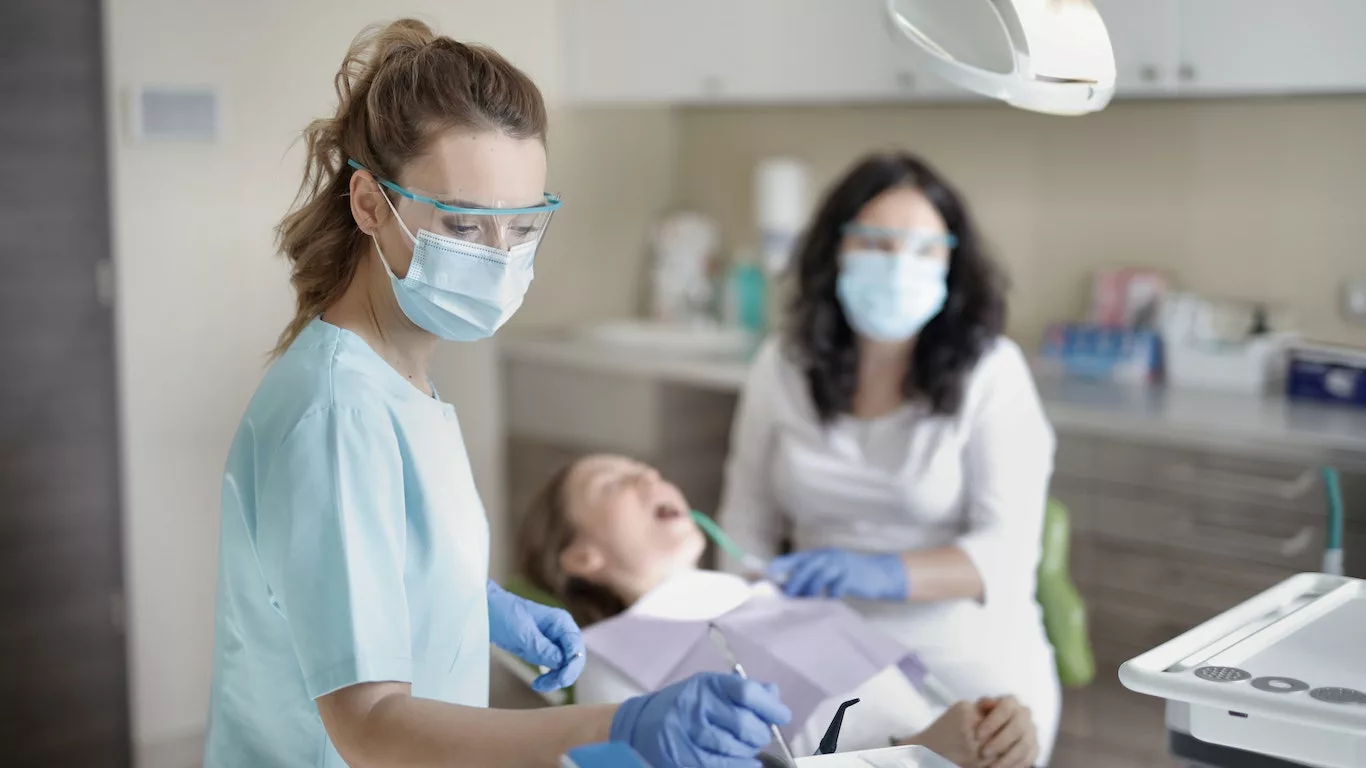
Costs and Insurance Coverage
Average Costs of Scaling and Polishing
The cost of scaling and polishing can vary depending on factors such as the extent of cleaning required and your location. On average, these procedures are relatively affordable compared to more complex dental treatments.
The cost of scaling and polishing typically ranges from $75 to $200 per session. Keep in mind that this cost may be lower if you have dental insurance or if you receive services at a dental school or community health clinic. Additionally, some dental practices offer package deals for regular preventive care, which can further reduce the overall cost.
Insurance Considerations
Many dental insurance plans cover scaling and polishing as part of preventive care. Be sure to check your policy to understand your coverage and any out-of-pocket expenses.
Preventive dental care is considered a wise investment by most insurance providers. By covering the cost of scaling and polishing, insurance companies aim to encourage their policyholders to prioritize preventive measures that can ultimately save them from more extensive and costly treatments in the future.
Before scheduling your appointment, it’s advisable to contact your insurance provider or the dental office to confirm your coverage and any associated costs. This way, you can plan your dental care budget accordingly.

Aftercare and Maintenance
Tips for Maintaining Oral Health
After scaling and polishing, it’s essential to maintain good oral hygiene at home. Brushing, flossing, and regular dental check-ups are crucial for long-term oral health.
- Brushing: Brush your teeth at least twice a day using fluoride toothpaste. Use a soft-bristle toothbrush and brush for a full two minutes to ensure thorough cleaning.
- Flossing: Floss daily to remove food particles and plaque from between your teeth. Proper flossing technique is essential to reach all areas effectively.
- Mouthwash: Consider using an antimicrobial or fluoride mouthwash to further reduce the risk of plaque buildup and promote fresh breath.
- Healthy Diet: Maintain a balanced diet rich in fruits and vegetables while limiting sugary snacks and beverages. Proper nutrition supports overall oral health.
- Regular Check-ups: Schedule regular dental check-ups every six months to monitor your oral health and address any emerging issues promptly.
Post-Treatment Care
After your scaling and polishing appointment, you may experience some sensitivity or minor discomfort. This is usually temporary and can be managed with over-the-counter pain relief or as recommended by your dentist.
The sensitivity is often a result of the removal of plaque and tartar, exposing the sensitive dentin layer of your teeth. It’s important to note that this sensation should subside within a few days. In the meantime, you can use toothpaste designed for sensitive teeth and avoid extremely hot or cold foods and beverages.

Conclusion
Recap of the Importance of Scaling and Polishing Scaling and polishing are essential components of good oral hygiene. They not only enhance the appearance of your smile but also protect against gum disease and cavities. Regular appointments with your dental professional for scaling and polishing can help you maintain a healthy and beautiful smile for years to come.
In conclusion, scaling and polishing are not just cosmetic procedures; they are crucial for your overall oral health. By understanding their processes, benefits, and differences, you can make informed decisions about your dental care, ensuring that your smile remains bright and healthy. Don’t hesitate to schedule your next scaling and polishing appointment to keep your teeth in top shape. Your smile will thank you for it.
Appendices
References
- American Dental Association. (2021). Dental Scaling and Root Planing. Link
- Mayo Clinic. (2021). Teeth Cleaning (Prophylaxis). Link
- Colgate. (2021). Dental Scaling and Root Planing: Procedure and Benefits. Link
- American Dental Hygienists’ Association. (2021). Dental Scaling and Root Planing. Link
Frequently Asked Questions
Common Concerns and Answers
Q1: Is scaling and polishing painful? A1: No, the procedures are typically not painful. Scaling may cause mild discomfort, but local anesthesia can be used if necessary. Polishing is generally painless.
Q2: How often should I get scaling and polishing? A2: The frequency varies based on your oral health. Most people require these procedures every six months, but your dentist will recommend a suitable schedule.
Q3: Can I eat immediately after scaling and polishing? A3: Yes, you can eat after these procedures. However, it’s advisable to wait for about 30 minutes to allow fluoride from the polish to be absorbed by your teeth.
Q4: Do scaling and polishing damage tooth enamel? A4: No, when performed by trained professionals, scaling and polishing do not damage tooth enamel. In fact, they help preserve enamel by removing harmful deposits.
Table
Below is a table summarizing the average costs of scaling and polishing procedures in various regions:
| Region | Average Cost (USD) |
|---|---|
| United States | $75 – $200 |
| United Kingdom | £40 – £100 |
| Canada | $80 – $150 |
| Australia | $100 – $250 |
| India | ₹800 – ₹2,500 |
| South Africa | R500 – R1,500 |
Please note that these are approximate costs, and actual prices may vary based on factors such as location, the dental practice, and the specific needs of the patient.
Disclaimer
This article provides general information about dental scaling and polishing for educational purposes only. It is not a substitute for professional medical advice, diagnosis, or treatment. Always seek the advice of your dentist or other qualified healthcare providers with any questions you may have regarding your oral health or any medical condition. The authors and the publisher of this article are not responsible for any consequences or damages resulting from the use of information presented herein.

Camellia Wulansari is a dedicated Medical Assistant at a local clinic and a passionate health writer at Healthusias.com. With years of hands-on experience in patient care and a deep interest in preventive medicine, she bridges the gap between clinical knowledge and accessible health information. Camellia specializes in writing about digestive health, chronic conditions like GERD and hypertension, respiratory issues, and autoimmune diseases, aiming to empower readers with practical, easy-to-understand insights. When she’s not assisting patients or writing, you’ll find her enjoying quiet mornings with coffee and a medical journal in hand—or jamming to her favorite metal band, Lamb of God.
